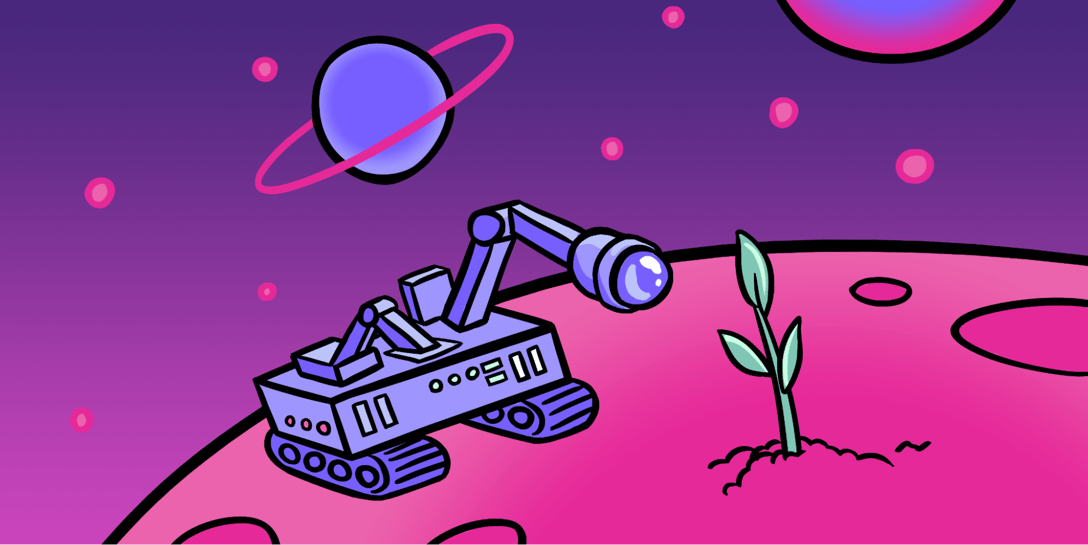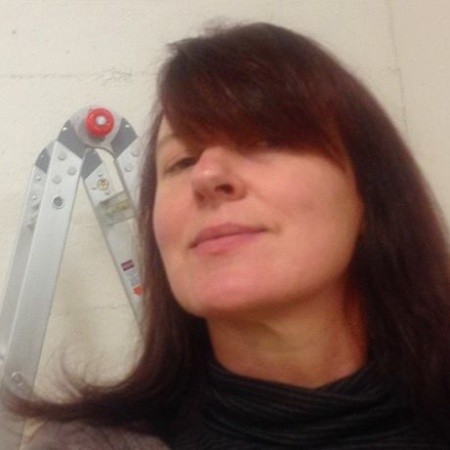The path to becoming a user-centric company is a progressive journey. It demands a team effort, a shared vision, and a strong champion. In this article, we will shed light on that journey and what you can expect as you scale continuous discovery and research within your organization. There are bumps along the journey, but nothing processes can’t overcome. I am happy to share what we’ve learned, simply reach out.
Why does continuous discovery and research matter?
Companies with great user experiences find two hours to spend with customers every six weeks. That seems like a low bar, but it’s the threshold that Jared Spool and his team at Center Centre found. The illustration below from Ant Murphy highlights this point:

You’re far better off doing 10 iterations of 8x user interviews than doing one iteration of 80, even if 80 was the perfect sample size. In other words, continuous exposure > concentrated.

Jared Spool, Co-Founder, Center Centre
However, this can be a major paradigm shift in the ways organizations collect user data and act on the insights. For example, companies may consider adopting rapid iteration testing for their designs.
Challenges of Scaling Continuous Discovery and Research
Instilling a culture of continuous discovery in your organization comes with a few bumps in the road. But nothing that you can’t overcome. Here are five challenges you might expect to face as you mature with a high-velocity, user-centric approach — most likely in this order:
1. Keeping up with changes
2. Handling loads of data
3. Working with other departments
4. Finding money to keep going
5. Sustaining organizational buy-in

1. Keeping up with changes
Decisions are made extremely fast based on user data. Things change fast, and teams must learn new stuff to stay in the weekly cycles. It takes practice to do this as a team.
2. Handling loads of data
It feels like a massive amount of data in continuous research. It takes work to keep it all organized and make sense of it. Signals come easier as you do this weekly, though.
3. Working with other departments
Design and researcher teams must collaborate with people from other areas, and getting everyone on the same page can be tricky with new methods.
4. Finding money to keep going
Think of it as trying to keep a show on the road but always needing to find sponsors. Teams are always looking for funding to keep their work going, and it’s not easy because everyone else is looking for money too.
5. Sustaining organizational buy-in
Everyone knows that being user-centric is good for business and challenging to stay focused on every day. Keeping everyone in an enlightened state requires sustained effort.
Your organization’s structure shapes your creative influence.
For continuous discovery and research to become a part of your organizational culture, these ideas need to spread to your people. The structure of your organization can help—or hinder—the acceptance and application of continuous discovery.
In a Command and Control environment, the product team’s use of user research might be limited to validating product decisions already made by upper management, with insights being shared in a controlled manner, possibly leading to delays in implementation or missed opportunities for innovation.
The first thing designers and design researchers need to do is diagram the business model of the organization they’re working for or on behalf of.

Erika Hall, Co-Founder/Director of Strategy, Mule Design Studio
In a Learning Organization or independent project team, user research will likely be a core part of the product development process, with insights flowing freely across teams and informing ongoing product iterations. This can lead to more innovative products closely aligned with user needs, as the insights directly influence the real-time development process.

How an organization is set up affects how quickly and effectively a product team can use user feedback. If an organization has many levels of management, the feedback is often only used to check if the team’s ideas are right. We’ve talked before a bit about closing the customer gap.
But if the organization is set up more like a network with lots of connections, the feedback can spread to all parts of the team’s work and help make the product better in a more active and complete way.
Continuous discovery helps you explore the best ideas.
Engaging in continuous discovery with an audience allows for an iterative and dynamic approach to innovation. This process enables you to consistently test and validate new concepts, ensuring your creative endeavors align with your target audience’s needs and preferences. The illustration below from Marcus Köhnlein shows how refinement of your current product may entirely miss the best solution for your target audience.

Applying the principles of continuous discovery isn’t limited to refining your product or marketing ideas. You can explore your craziest, wildest ideas without investing heavily in any idea. By embracing continuous discovery, you’re not just guessing what might work; you’re gaining real insights and data that inform your decision-making, helping you pivot or progress confidently!
If Apple had stuck solely to a usability/refinement-first approach in the portable music player industry, they might have crafted a highly functional and sleek portable CD player with an intuitive button layout. While this device could’ve been top-notch in usability and aesthetics, it wouldn’t have birthed the revolutionary concept and impact of the iPod.

Marcus Köhnlein, Co-Founder and Chairman, Quarero AG
Scaling Continuous Discovery and Research With Helio
At the beginning of 2022, Helio implemented a monthly design and research service, switching from a project-oriented approach to a program-led subscription. With the power of 1,000,000 participants in Helio, we deliver high-velocity research to drive design and product decision-making. On top of that, we’ve collected millions of participant answers since.
Our approach includes:
• Weekly research and design presentation workshops.
• 10,000 monthly answers collected from participants.
• Weekly team collaboration with iterative design.
If you’re interested in learning more about our programs, talk to an expert.






